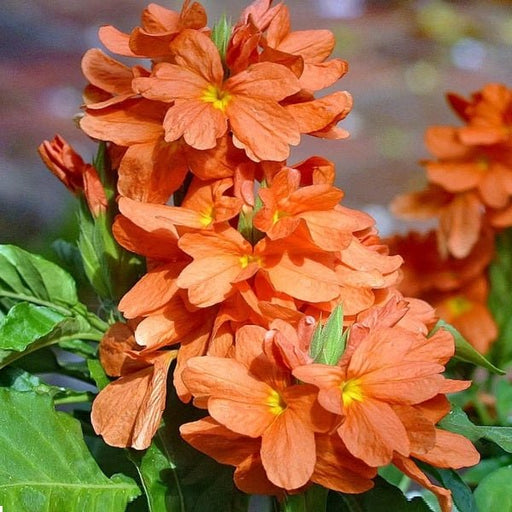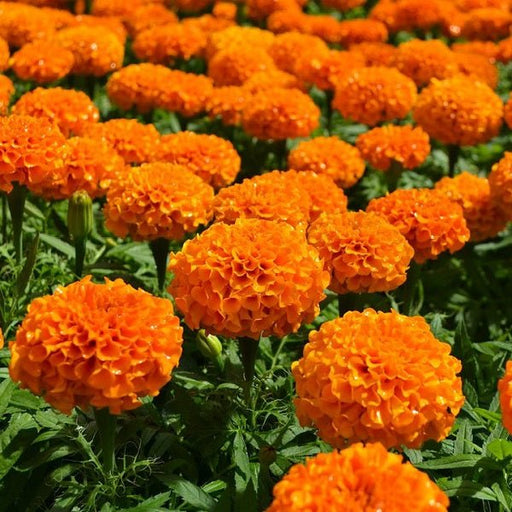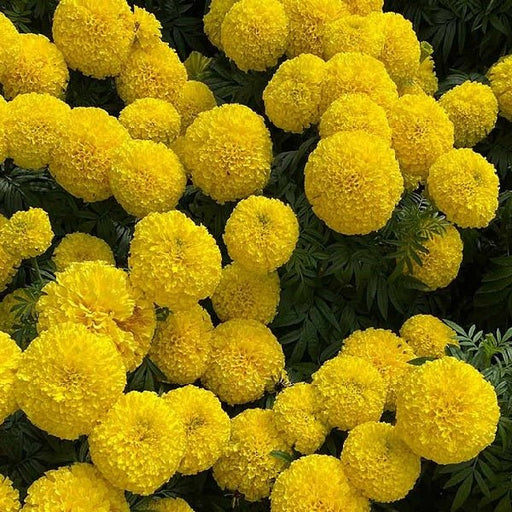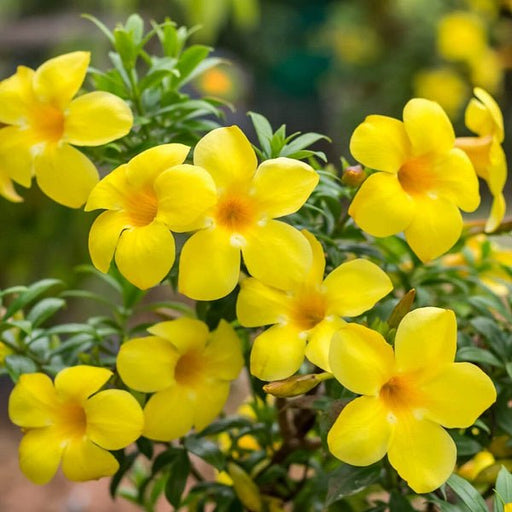
Anthurium (Red) Plant in 6 inch (15 cm) Pot
Synonyms: Giloy Plant, Tinospora cordifolia, Heart-Leaved Moonseed
Product Highlights:- Medicinal vine with a long history of use in traditional medicine
- Heart-shaped leaves and aerial roots
- Highly valued for its potential health benefits
- Easy to grow and cultivate













